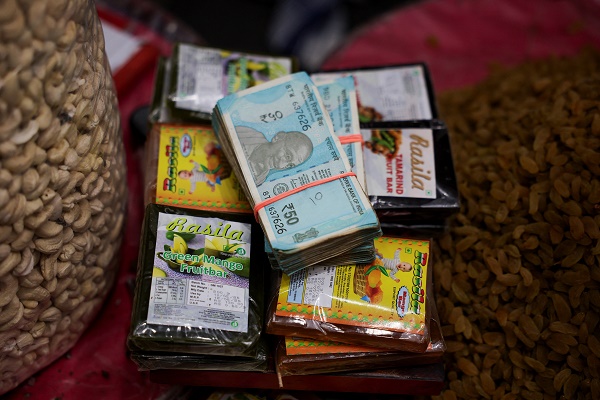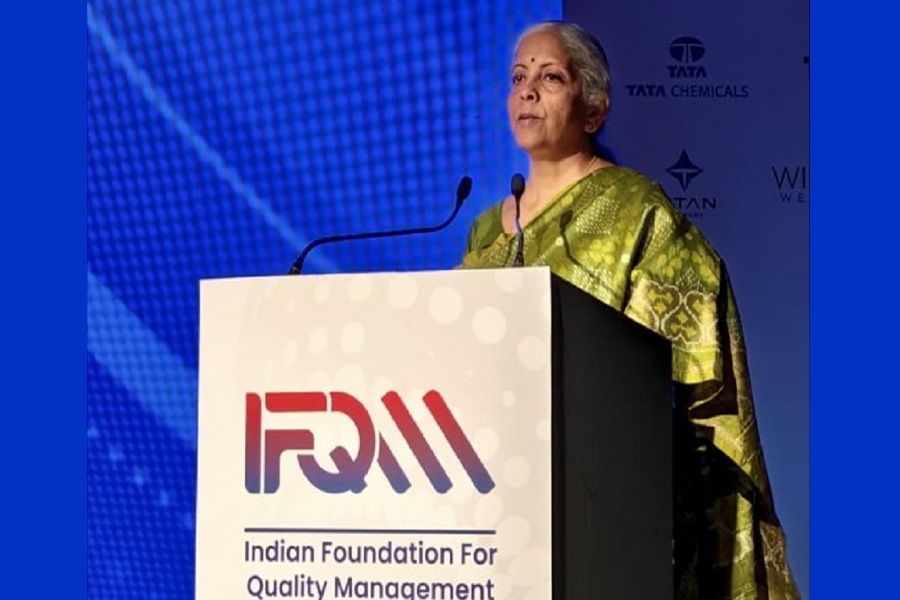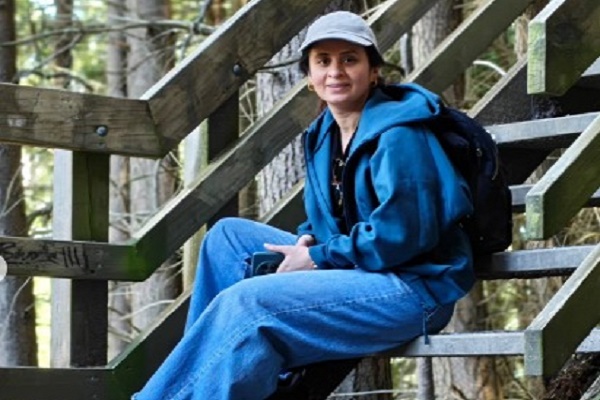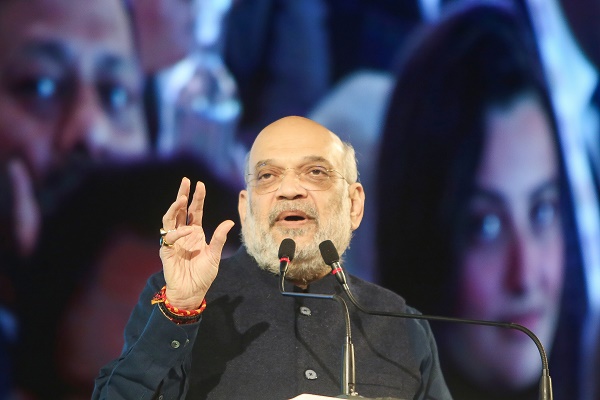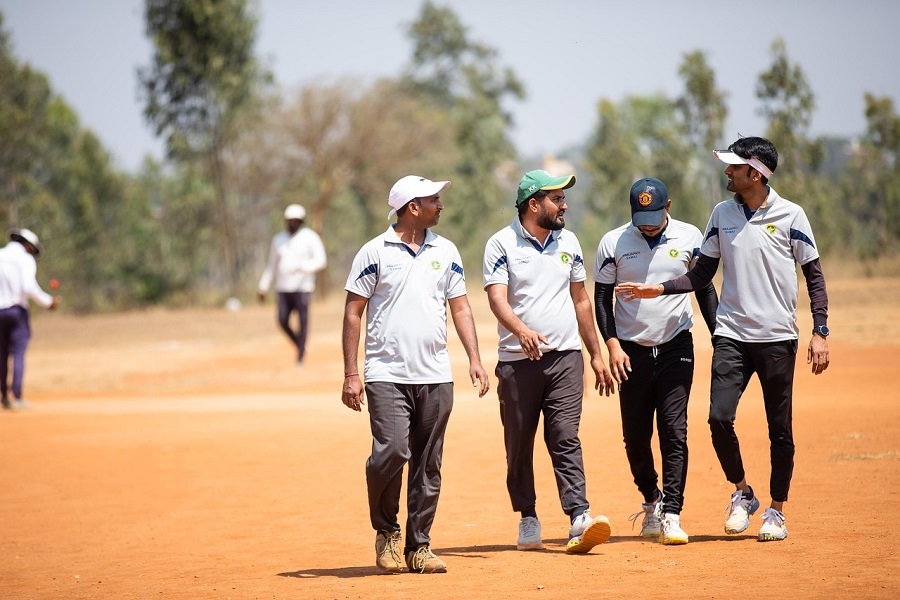Embracing Tranquility: A Glimpse into the Lifestyle and Culture of Sikkim
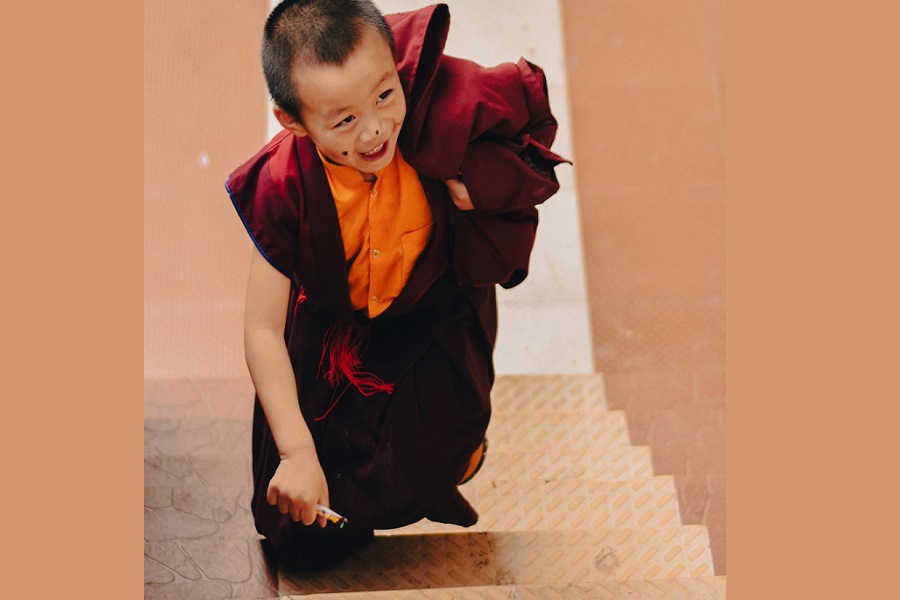
Nestled in the lap of the Himalayas, Sikkim is a land of unmatched natural beauty and cultural richness. As one of India's smallest states, it offers a unique blend of traditional lifestyle, deep-rooted spirituality, and harmonious coexistence among diverse communities. Sikkim's culture is a vibrant mosaic shaped by its indigenous tribes, Tibetan Buddhist influences, and centuries of agrarian practices.
People and Communities
Sikkim is home to three major ethnic groups — the Lepchas (original inhabitants), Bhutias (of Tibetan origin), and the Nepalese. Each group contributes distinct traditions, languages, and customs to the cultural fabric of the state. Despite the diversity, there's a strong spirit of unity and mutual respect that defines Sikkimese life.
Traditional Attire and Crafts
The traditional dress of Sikkim reflects its ethnic richness. Lepcha men wear the Thokro-Dum, while women don the Dumdyam. Bhutia attire includes the Bakhu, a loose cloak-like garment fastened with a silk belt. Hand-woven fabrics, intricate woolen carpets, wood carvings, and thangka paintings are essential elements of Sikkim's artistic legacy, often passed down through generations.
Daily Life and Rural Harmony
The lifestyle in Sikkim is primarily agrarian. Most people are engaged in farming, cultivating crops like rice, maize, cardamom, and vegetables. Organic farming has gained prominence in recent years, aligning with the state's eco-conscious values. The pace of life is unhurried, and there is a strong bond with nature. Traditional mud houses with sloping tin roofs, prayer flags fluttering in the wind, and kitchen gardens add to the charm of Sikkimese villages.
Spirituality and Festivities
Buddhism is deeply embedded in Sikkim’s culture, with over 200 monasteries dotting its hills. Rituals, prayer ceremonies, and festivals like Losar (Tibetan New Year), Saga Dawa, and Pang Lhabsol (celebrating the guardian deity Mt. Kanchenjunga) are celebrated with great devotion. Hindu festivals like Dashain and Tihar are also widely observed, especially among the Nepali community.
Cuisine and Lifestyle Choices
Sikkimese cuisine is simple, nutritious, and reflects Tibetan and Nepali influences. Popular dishes include momos (dumplings), thukpa (noodle soup), gundruk (fermented leafy greens), and sel roti (rice doughnuts). Millet beer (tongba) and butter tea are traditional beverages. Meals are often home-cooked, with a strong preference for organic and local produce.
Eco-Conscious and Progressive
Sikkim is India’s first fully organic state and a model for environmental sustainability. The use of plastic is banned, and cleanliness is a part of daily discipline. The literacy rate is high, and women play active roles in education, business, and governance, reflecting a progressive mindset rooted in tradition.
Conclusion
The lifestyle and culture of Sikkim are a reflection of peace, balance, and deep cultural pride. Whether it’s in the chants from a mountaintop monastery, the rhythm of a folk dance, or the scent of organic tea in a quiet village home, Sikkim inspires a life of harmony with nature and self. For those seeking a blend of tradition, spirituality, and sustainability, Sikkim is not just a place — it’s a way of life.
.jpg)

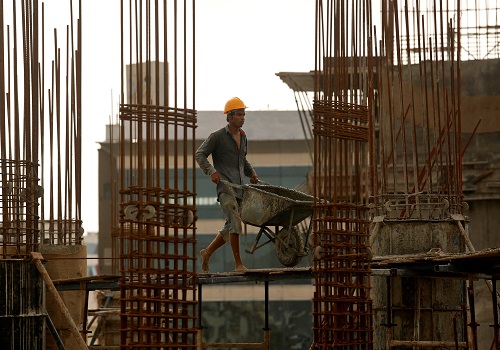




.jpg)
.jpg)
